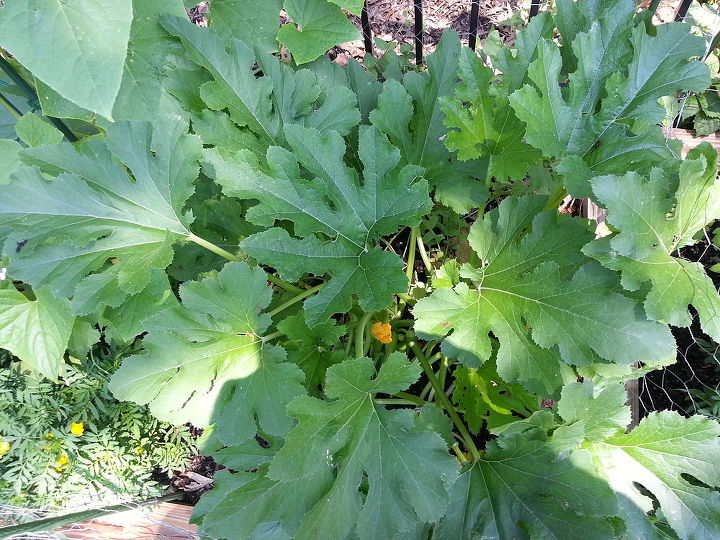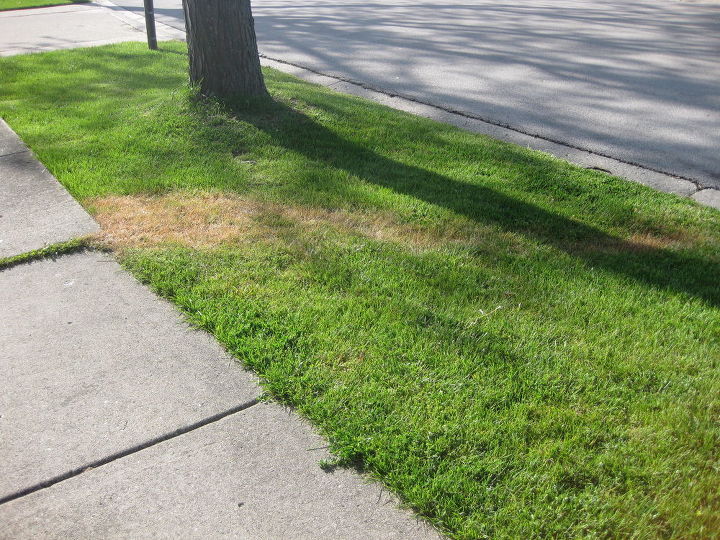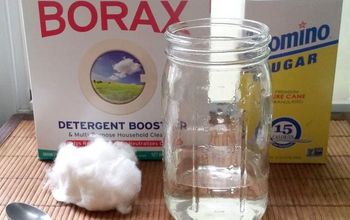I think I overwater my snake plant while replanting ,is it dying

Related Discussions
GNATS - How to get rid of them?
Somehow my house and garden got tiny gnats that killed my fuchsia plant and fly everywhere. I have tried ALL the Web recommendations - soap and oil dishes, sand in th... See more
Marigolds growing! Should I pinch the buds?
My marigold plants are growing. I heard that pinching the buds until Autumn will allow them to grow without killing the plant. Is this true?
Growing garlic
Growing our first garlic, should we wait until the leaves are drying out before we pick it? Husband picked first one today along with our first potatoes.
How to keep mice out of your garden?
Hi everyone, I have mice in my garden destroying my vegetables and I have also noticed them in the barn and shed. Please can someone tell me how to prevent them from ... See more
What's the best flower/plant to grow in Texas?
I know that opinions vary, but what's your opinion?!I have great luck w Rosemary plants. Green all year long.
Squash Plants Large and Healthy and no Squash Growing?
2nd Season in a ROW! Squash plants growing large and healthy leaves and the stems near the roots are looking healthy and turning dark green, getting flowers that grow... See more
Trail of dead grass mystery?
Trail of dead grass appeared two weeks ago that starts in neighbor's yard and goes to the sidewalk, then continues past the sidewalk in a line into the grass into my ... See more





snake plants do not need a lot of water,allow to dry out and see if it sends any new growth out.
Hard to tell without a picture.
Does the pot or planter have a drain hole in the bottom? or did you put stones or gravel in one without a drain hole? another problem might be that there are air pockets in the soil around the roots... try repacking the dirt and pay special attention around the roots
Sanseveras are pretty forgiving. Plus, it would take a longer amount of time for the water to kill it. They don't like to be repotted. They do best if pot bound, if that's the right word. Maybe they are just shocked. Why do you think it's dying?
Because the leaves have turned yellow
https://www.hunker.com/12003162/my-over-watered-snake-plant-needs-help
By Melissa Monks
Melissa Monk
Snake plants, also called mother-in-law's tongue, are slow-growing, drought-tolerant plants that can thrive in almost any condition but over-watering! Their thick, wavy leaves that stand upright in variegated masses lose water slowly and don't require frequent replenishing. Over-watering is a common mistake made by well-meaning houseplant owners that can cause oxygen deprivation and root rot.
Results of Over Watering
Soil has pockets of air that contain oxygen essential for normal root function. Without oxygen, a plant's roots will die and eventually, so will the rest of the plant. When soil becomes saturated with water, oxygen is pushed to the surface and is no longer available to the roots. Too much water sitting in the bottom of a pot can also cause roots to soften and make them susceptible to infection by soil-borne fungi and bacteria. These pathogens eat away at the root tissue, restricting the amount of water available to the rest of the plant.
The Right Pot
Containers are an important part of houseplant irrigation. A container without drainage holes not only allows water to sit in the pot, but it prevents salts and other potentially harmful minerals from being flushed out. Drainage holes are critical for a healthy snake plant. The material a pot is made from is also important. Plastic pots or glazed ceramic pots retain moisture longer than unglazed ceramic pots do. Plants sensitive to over watering may fare better in a ceramic pot than a plastic pot.
Dry It Out
If you have over watered your snake plant, the first step is to pour off any water standing in the top of the container and in the drainage dish. Allow the plant to dry out until at least half of the potting medium is dry. Don't let the soil get so dry it separates from the container, however. If symptoms like yellowing leaves and wilting improve, you can resume a normal watering schedule. Water thoroughly, empty any water standing in the drainage dish after an hour or so and water again when the top 2 inches of the soil are dry.
Correcting Root Rot
Your snake plant may have root rot if you let it dry out and it is still wilted and off color. Check the roots by gently lifting the plant out of its container. If half to all of the roots are brown and mushy, just discard the plant. It is too far gone to save. Otherwise, use clean scissors and cut the roots off above the brown, mushy sections. Leave as much of the healthy root intact as possible. Repot the plant in a new pot with a drainage dish. Use new potting medium at a mixture of three parts peat to one part potting soil. Water thoroughly, discard any water left in the drainage dish after about an hour and only water again when the top 2 inches of soil are dry.